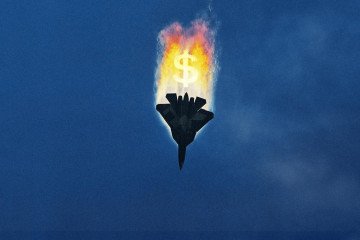- Category
- World
In 1993, Ukraine Conducted a Peacekeeping Mission in Georgia, Following Russian-Backed Hostilities
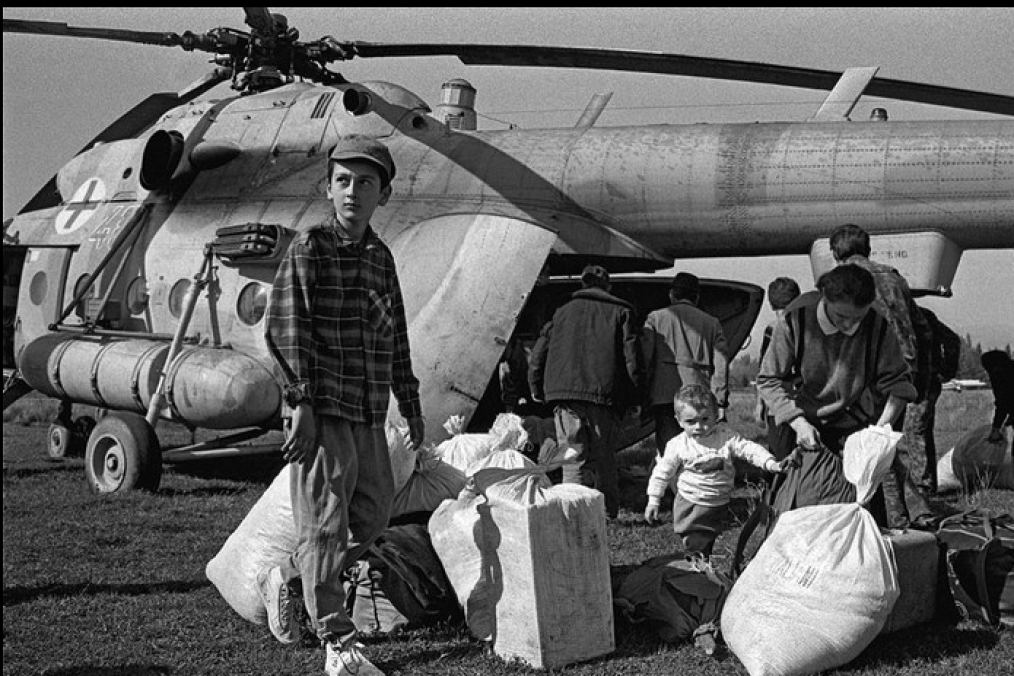
Ukraine sent forces to evacuate civilians and deliver humanitarian aid to Georgia.
In the summer of 1992, a war began in Abkhazia, a part of Georgia. Local separatists were supported by Russian troops, while the Georgian army fought on the side of Georgia. Russia, by supporting the opposition, effectively gave them access to its vast stockpiles of weapons and equipment.
Every war brings with it the immediate consequence of evacuating the local population. More than half of the local population—250,000 people—tried to leave the conflict zone. In addition to shelling, looting and violence against civilians began in towns and villages—similar to what Russia is currently doing in Ukrainian cities. Forced emigration was the only chance for survival.
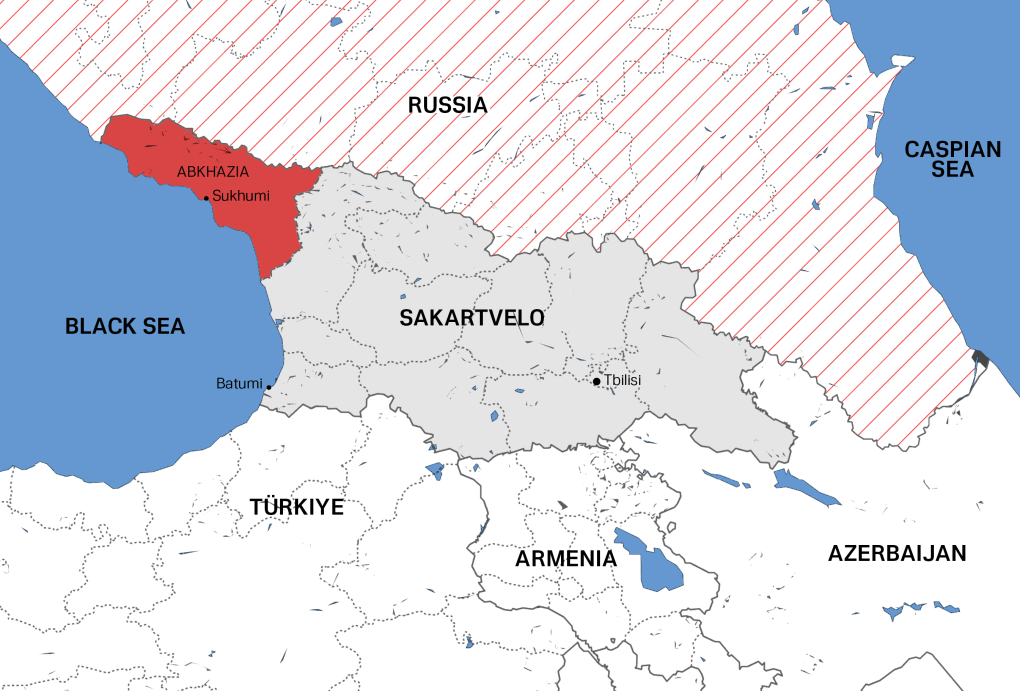
People tried to evacuate to more central and safer areas of Georgia, traveling through the tall Caucasus Mountains. These mountains became the greatest danger for the people.
People fled their homes—places of warmth, abundant food, and with all the essentials for living. It was a mild autumn, with calm weather. But when they had to climb high into the mountains, reaching altitudes of up to 3,000 meters, men, women, and children faced completely different conditions: nighttime temperatures could drop to -8 degrees Celsius. Many of them lacked the necessary clothing to keep themselves wrong. The long journey also resulted in shortages of food and water. This was compounded by ongoing fighting and bandit raids.
Georgia could not organize the evacuation on its own due to a lack of resources and the fact that the country was engulfed in war. In autumn 1993 Georgian President Eduard Shevardnadze appealed to the governments of many countries to join the peacekeeping mission to save the civilian population. The first country to respond was Ukraine.
Immediately after the call in October to Ukrainian President Leonid Kravchuk, he ordered the formation of a group to assist Georgia.
A large group was quickly formed:
15 Mi-8 helicopters
2 Ka-27 helicopters
1 An-12 airplane
A crew was assigned to each piece of equipment, along with all necessary technical personnel and support teams.
Within three days, Ukrainian peacekeepers were already on Georgian soil. Later, UN representatives would recall that organizing such a mission would have taken them several months, with few volunteers for such a task. The Ukrainian military immediately set to work.
The Ukrainian pilots had two tasks: evacuate civilians and deliver humanitarian aid. Many wanted to escape the mountainous trap, but each Mi-8 could only accommodate 24 people. They often took up to 40 people, trying to save as many as possible. When flying out on a mission, they carried humanitarian cargo, warm clothing, and food to help those they couldn't evacuate.
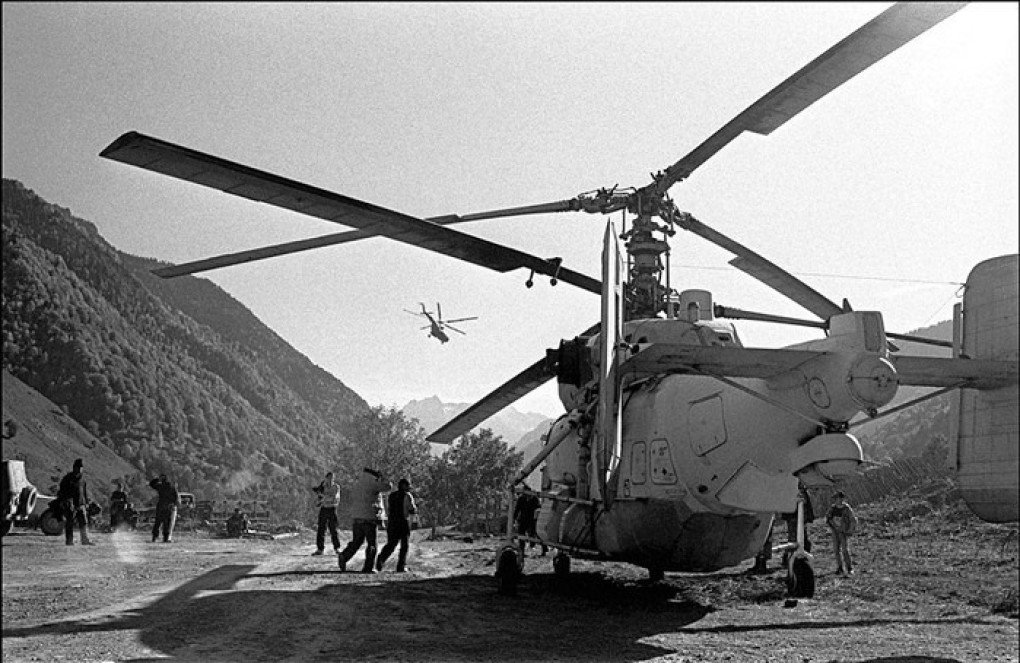
The rescue missions were extremely difficult. First, they had to fly in challenging weather conditions, which were even more difficult in the mountainous terrain at high altitudes. Next was landing. There were no prepared sites for this in the mountains, so they had to land wherever there was some space, even among trees or in mud. The most frightening aspect was that all of this happened amidst ongoing combat. Ukrainian helicopters were marked with signs indicating their peacekeeping mission, and they were unarmed. Nevertheless, they had to rescue people under fire. Several helicopters were shot at, but there were no casualties.
During the week-long rescue mission, Ukrainian pilots made 291 flights. They helped save 7,634 people, transporting them to safe areas controlled by Georgian forces. They also delivered 487 tons of humanitarian aid: warm clothing, food, and medicine.
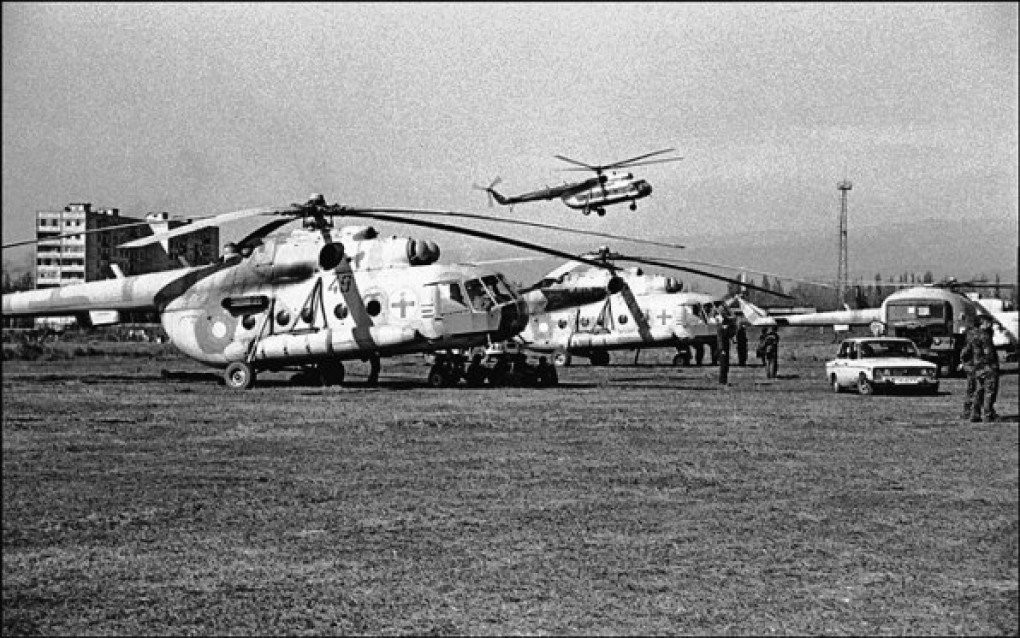
Additionally, three Ukrainian Il-76 planes delivered 50 tons of cargo from Cologne to Tbilisi, which was then sent to help refugees.
Later, Ukraine would join several other peacekeeping missions around the world.
In 2008, Georgia would face a new attack from Russia, losing South Ossetia. The territories of South Ossetia and the Republic of Abkhazia are recognized as independent entities by almost no one except Russia. After the dissolution of the Soviet Union, recognized by all former republics, Moscow is still attempting to rebuild its empire.
-29a1a43aba23f9bb779a1ac8b98d2121.jpeg)
-283d77c1379d612e6f72cf1b6de7dacb.png)
-46f6afa2f66d31ff3df8ea1a8f5524ec.jpg)
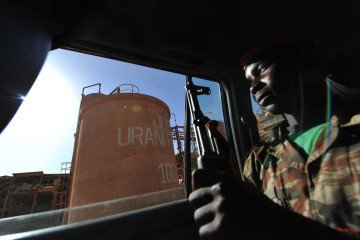

-554f0711f15a880af68b2550a739eee4.jpg)
